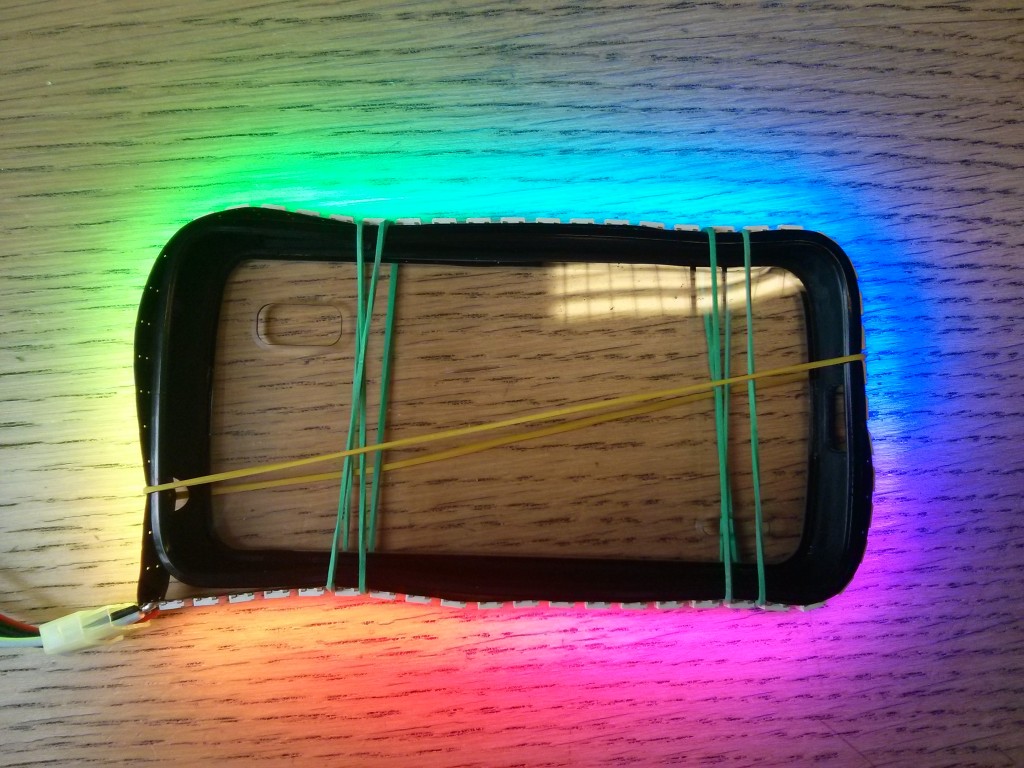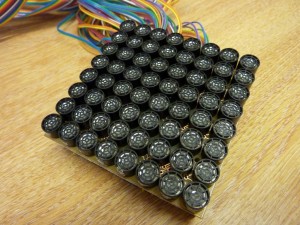I’ve had a paper accepted by ACM ICMI 2017 titled “Rhythmic Micro-Gestures: Discreet Interaction On-the-Go” [1]. The paper is about rhythmic micro-gestures, a new interaction technique for interacting with mobile devices. This technique combines rhythmic gestures, an input technique from my CHI 2016 paper, with the concept of micro-gestures, small hand movements that can be performed discreetly. I’ll be giving a talk about this paper at the conference in November, in Glasgow.
We’ve also had a demo accepted by ACM ISS 2017 from the Levitate project [2]. That demo gives attendees the chance to try interacting with mid-air objects, suspended in air by acoustic levitation.
[1] Rhythmic Micro-Gestures: Discreet Interaction On-the-Go
E. Freeman, G. Griffiths, and S. Brewster.
In Proceedings of 19th ACM International Conference on Multimodal Interaction – ICMI ’17, 115-119. 2017.
@inproceedings{ICMI2017,
author = {Freeman, Euan and Griffiths, Gareth and Brewster, Stephen},
booktitle = {{Proceedings of 19th ACM International Conference on Multimodal Interaction - ICMI '17}},
title = {{Rhythmic Micro-Gestures: Discreet Interaction On-the-Go}},
year = {2017},
publisher = {ACM},
pages = {115--119},
doi = {10.1145/3136755.3136815},
url = {},
pdf = {http://research.euanfreeman.co.uk/papers/ICMI_2017.pdf},
}[2] Floating Widgets: Interaction with Acoustically-Levitated Widgets
E. Freeman, R. Anderson, C. Andersson, J. Williamson, and S. Brewster.
In Proceedings of ACM International Conference on Interactive Surfaces and Spaces – ISS ’17 Demos, 417-420. 2017.
@inproceedings{ISS2017Demo,
author = {Freeman, Euan and Anderson, Ross and Andersson, Carl and Williamson, Julie and Brewster, Stephen},
booktitle = {{Proceedings of ACM International Conference on Interactive Surfaces and Spaces - ISS '17 Demos}},
title = {{Floating Widgets: Interaction with Acoustically-Levitated Widgets}},
year = {2017},
publisher = {ACM},
pages = {417-420},
doi = {10.1145/3132272.3132294},
url = {},
pdf = {http://research.euanfreeman.co.uk/papers/ISS_2017_Demo.pdf},
}

